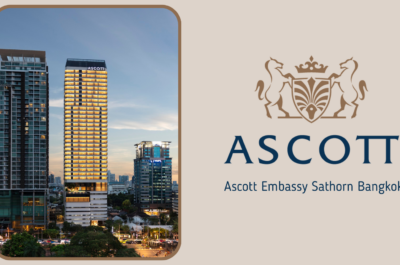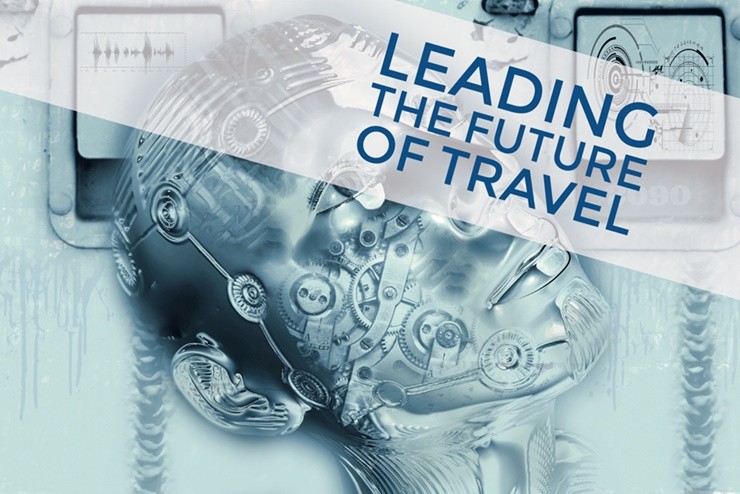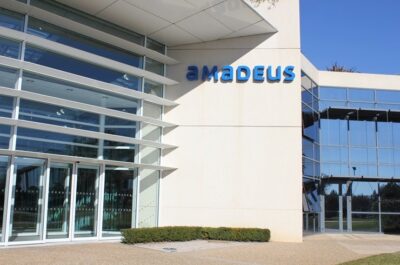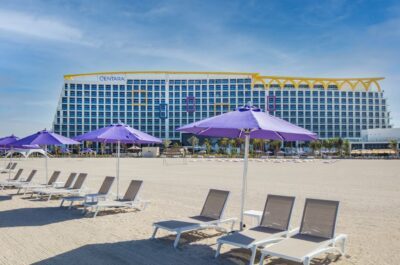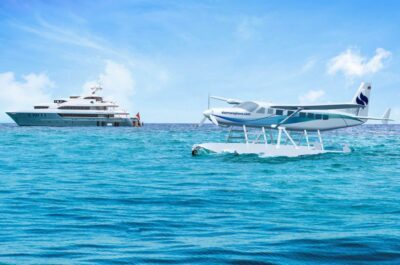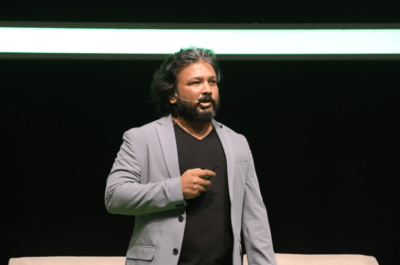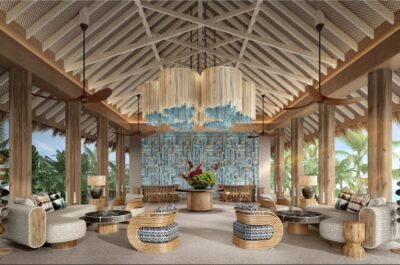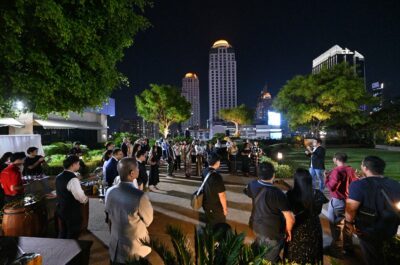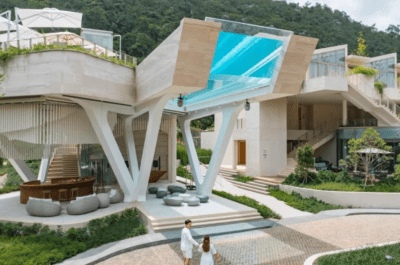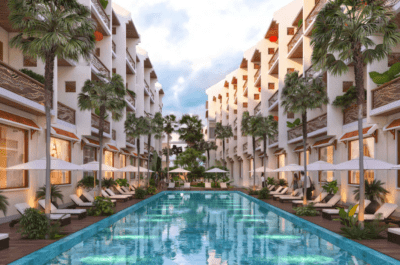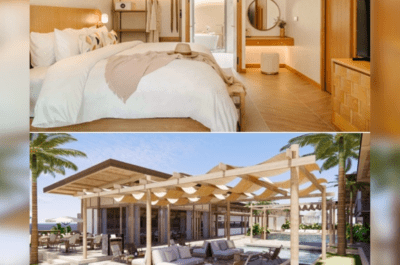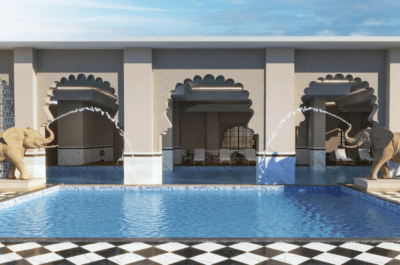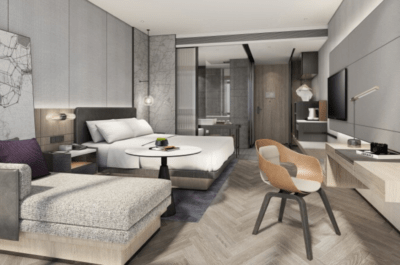Recruiting and retaining staff was the biggest problem, but in an age which predated algebra, the abacus, and the concept of zero, a major headache was revenue management.
Think of French hospitality, and the biggest name today might be Accor – but if we go back some 17,000 years, things were very different. The renowned UNESCO site of Lascaux is best known today for its remarkable cave paintings, but when those vivid images of prancing deer and grazing bison were first commissioned, it is more than likely that the caves themselves served as a hotel, with the spectacular Hall of the Bulls forming its lobby and centerpiece. How could it be anything but?
Many of the challenges facing hoteliers in the late Pleistocene will be familiar to today’s professionals. Recruiting and retaining staff was the biggest problem, but in an age which predated algebra, the abacus, and the concept of zero, a major headache was revenue management. Fortunately, the GM at Lascaux, Og, was a caveman ahead of his time – a true visionary with a surprisingly developed understanding of RevPAR.
With only ten guest caverns at his disposal, Og could easily have fallen into the trap of focusing narrowly on occupancy, but instead he chose to target the luxury segment, setting an eye-wateringly high price of 16 pebbles for a double cave featuring the famous paintings. “These caves appeal to the self-esteem of the wealthy and discerning client,” explained Og. “They want to show others they are the kind of cavemen who know their aurochs from their bison, and they are willing to spend.”
Rival hoteliers took a more scathing view of Og’s clientele. “His guests must have more pebbles than sense!” snorted one, derisively. “You’ll notice he only ever has one customer at those rates. Look at his RevPAR!”
This rather low occupancy rate was true, certainly in the early days at Lascaux, so the big question is what should Og do next? And with the benefit of 17,000 years’ hindsight, what would you do in his position? Should he be concerned? Let’s ask Og.
Og, why don’t you reduce your ADR to attract more customers and increase occupancy?
“You mean if I want to make more money I should ask my customers for less money? What do you take me for? Australopithecus? It’s all about elasticity – if I cut my rate to 12 pebbles you think I’m going to get enough extra customers to make up that loss? No chance. Occupancy just isn’t that sensitive to a price change. If anything, I should put my rates up – I probably won’t lose that much business and the extra revenue will more than compensate.”
Perhaps surprisingly, recent studies* show that Og was right all along. Focusing on occupancy at the expense of ADR is most likely a losing strategy. The latest Property Management Software can give you the data that back up Og’s intuition under different conditions, but as a rule of thumb, you need a big change in ADR to make a small change in occupancy, so the best way to compete is actually to raise your rates above your comp set – don’t cut them.
You can’t just charge more, though, can you?
“Not exactly, no. What I try to do is offer my customers a higher-priced package to push that ADR up. I can charge an extra 2 pebbles and throw in a complimentary breakfast. And when the annual Woolly Mammoth Festival is on we do a great package with tickets included. In winter we do a seasonal deal where for a small additional charge we include fire, which is all the rage right now. People love a raging fire, and they keep coming back year after year. It’s all about adding value.”
Sounds like those ideas would also give occupancy a boost.
“They do indeed. These days, word-of-mouth is critical. Obviously that’s all face-to-face communication – people who stay with us go and tell stories about their experience – but it definitely brings in new business. If we could just invent some kind of writing system then customer reviews would probably become even more important. Even so, satisfied customers help our reputation, and when you’re perceived to offer a quality product you can also charge more.”
So how do you make sure your guests are satisfied?
“Although I say it myself, I have a great memory, and I try to remember exactly what every guest likes and what their preferences are. That way I can personalize their experience. When I remember some little detail that makes their stay more memorable – for me that is the essence of hospitality.”
Once again, Og’s strategy was ahead of its time, albeit sadly limited in its execution. Just imagine his amazement, though, if he could see the software available to hoteliers today. The latest Hotelogix cloud-based systems would allow him not only to record key data on guests to improve their stay, but he could also use this information to target his marketing campaigns toward specific guest types, journey purposes, or source markets. Looking at data patterns showing the different guest types, when they typically stay, and what distribution channels they use, can make it easier to fine-tune strategy to maximize profits.
Any other tips for us, Og?
“Well there is one – it’s not really about RevPAR, but it lets you increase your average revenue per customer. I wouldn’t use it here at Lascaux as we see ourselves as six-star, but I used to run a mid-range place which was really quiet during the week. I know because I used to count the guests and make these notches on a stick. I figured if we could get customers to stay longer – well – longer stays equals more pebbles. So I tried a new deal: stay 2 nights and get a discount on the third. It was mainly aimed at Neanderthals and backpackers, but we did great. I know Neanderthals aren’t everyone’s cup of tea – big groups, usually armed – but you still have to pay the bills.
*Chen, Xiaorong, “Is premium pricing strategy a viable option to pursue higher revenue performance? A case study of relative pricing strategy in the Singapore lodging market” (2010). UNLV Theses, Dissertations, Professional Papers, and Capstones. 682
Enz, C. A. (2013). Strategic price positioning for revenue management: The effects of relative price position and fluctuation on performance [Electronic version]. Cornell University, School of Hotel Administration site
- Neanderthals died out long before the creation of the cave art at Lascaux. Og was probably referring solely to backpackers.
Wimintra Jangnin is the founder and Editor in Chief of Hotelintel.co, a B2B online publication focused on hotel industry. A Political Science graduate, Wimintra found her path frequently traversing into hotel industry, so much so that she decided to make a career out of it. Over the years she has had the opportunity to learn about the industry from many of the great 'old-school' and 'new-school' hoteliers. Wimintra is passionate about hotels and hoteliers who are passionate about their work. Her passion has taken her to numerous properties around the world and especially in Asia where she gathers 'intel' from everywhere and everyone - from the hotel guest rooms to staff canteen, from CEO to the doorman. Nothing is off limits when it comes to hotels.






